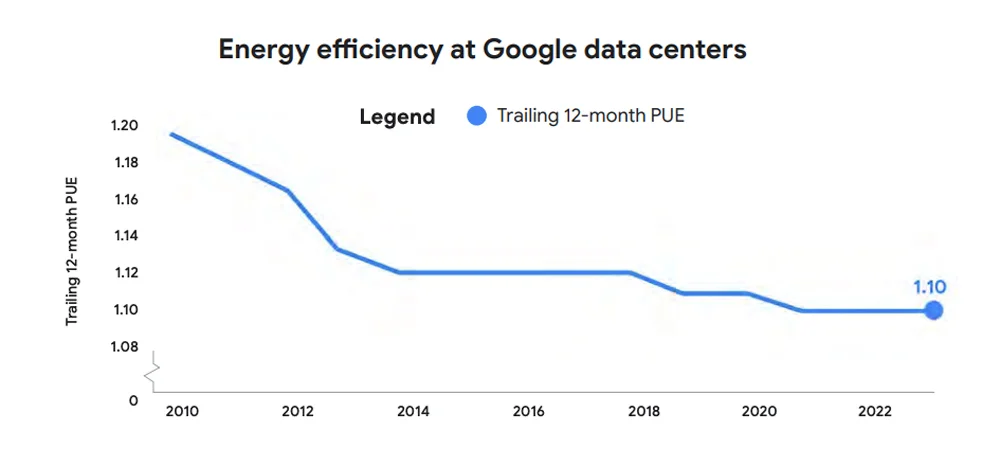
Analysts Warn of Potential Risks for Alphabet Amid Google Breakup Speculations, Despite Stock Gains
Latest News
Zaker Adham
17 August 2024
13 July 2024
|
Zaker Adham
Summary
Summary
The surge in AI development is impacting big tech's ability to meet greenhouse gas emission targets.

What's happening: Google's latest environmental report reveals a significant rise in carbon dioxide emissions, nearly 50% from 2019 to 2023, totaling 14.3 million tons. This increase is primarily driven by the escalating demand for AI.
Details: Google's carbon emissions surged by 16.7% from 2021 to 2022 and another 13.5% from 2022 to 2023, marking a total increase of 48% over these periods. The report notes, "As we further integrate AI into our products, reducing emissions may be challenging due to increasing energy demands from the greater intensity of AI compute, and the emissions associated with the expected increases in our technical infrastructure investment."
Three-quarters of Google's total emissions, or 10.8 million tons, stem from purchases, including data-center hardware and construction, which saw a 23% increase from 2019 to 2023 and an 8% year-over-year rise. Powering, heating, and cooling data centers and other facilities accounted for about a quarter of Google's 2023 emissions, a more than four-fold increase since 2019.
Low-emission energy sources have significantly cut Google's total data-center emissions, but some regions still lack sufficient supply. While solar, wind, hydro, geothermal, and nuclear energy predominantly power Google’s data centers in Europe, Canada, and South America, these sources account for less than 5% in Singapore, Qatar, and Saudi Arabia.
Efforts to Counter the Trend: Google is actively working to reduce its greenhouse gas emissions through several initiatives. Purchasing electricity from low-emission sources reduced its net carbon footprint by approximately 30% in 2023. Google's data centers are 1.8 times more energy-efficient than typical enterprise data centers, and its sixth-generation tensor processing units (TPUs) are 67% more efficient than previous generations. Additionally, Google has urged its largest hardware partners to match 100% of their energy consumption with renewable energy by 2029. The company is also pursuing AI-based initiatives to combat climate change, such as weather prediction and fuel-efficient vehicle routing. Google estimates that AI could mitigate 5-10% of global greenhouse gas emissions by 2030.
Background: In 2020, Google set a goal to achieve net-zero greenhouse gas emissions by 2030 after five years of reducing its carbon footprint. However, emissions have increased annually since then. Google's experience is similar to Amazon and Microsoft, which also have ambitious net-zero targets. Amazon's emissions rose by 39% from 2019 to 2022, while Microsoft's emissions increased by 29% from 2020 to 2023. Given that Amazon's and Microsoft's cloud computing revenues were roughly triple Google's in 2023, their AI-related greenhouse gas emissions are likely higher.
Why It Matters: The growing use of AI leads to higher energy consumption, necessitating a reevaluation of big tech’s emissions goals. This urgency underscores the need for developing renewable and low-emission energy sources.
Our Perspective: We commend Google for its transparency and efforts to reduce its carbon emissions. It's reassuring to know that, for now, data centers and cloud computing account for just 1% of global energy-related greenhouse gas emissions. We believe AI can yield significant benefits relative to its climate impact, serving as a crucial tool in developing low-carbon energy sources and enhancing energy efficiency across various sectors.

Latest News
Zaker Adham
17 August 2024

Latest News
Zaker Adham
15 August 2024

Latest News
Zaker Adham
14 August 2024

Latest News
Zaker Adham
13 August 2024